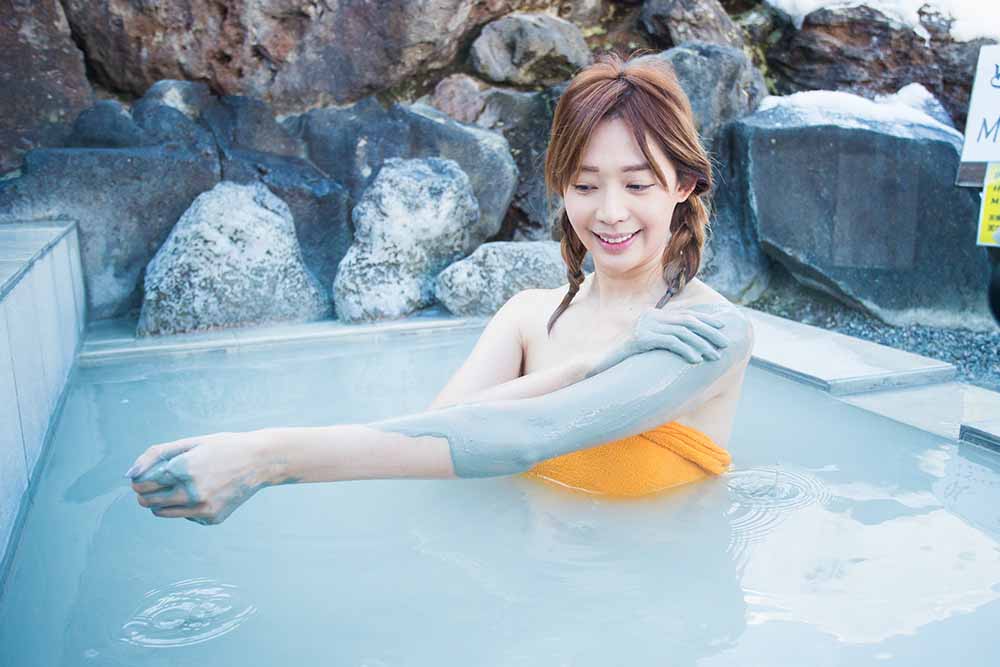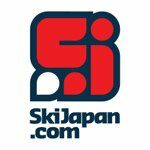Natural hot springs, referred to as “onsen” in Japan, are abundant throughout the country, deeply ingrained in its rich culture.
A visit to an onsen provides a unique opportunity to immerse oneself in the beauty of the Japanese landscape and culture, offering a serene escape to unwind and alleviate stress. Beyond the mental relaxation, the physical benefits of bathing in an onsen, enriched with natural minerals, are believed to stimulate the body and enhance its innate capacity for self-healing.
Throughout the extensive history of onsen, Japan’s hot spring culture has remained steadfast. Within this cultural tradition, visitors are expected to adhere to specific manners and etiquette, ensuring a respectful homage to these enduring practices. Onsen establishments can be found scattered across Japan, including at renowned ski resorts like Niseko, Hakuba, Rusutsu, and many others.
Before entering the Onsen

Many onsen facilities are privately managed and typically have an entry fee ranging from ¥500 to ¥1,500. Visitors are usually required to bring their own towel or can opt to rent one from the establishment. When visiting an onsen, there are two types of towels involved. A small towel is brought into the onsen to assist with body cleaning before entering the baths, while a larger towel is left in the changing room, reserved for drying off after leaving the onsen.
At most onsen, separate bathing areas are designated for men and women, although some, like the Grand Hotel Onsen in Niseko, may have mixed bathing options. To navigate the gender-specific areas, women typically use entrances marked in red, and men use those marked in blue. Once in the changing rooms, guests can find empty baskets to store their clothing and personal belongings. It’s customary to place everything in the basket except the small hand towel and any necessary toiletries. Most onsen establishments in Japan have a policy of guests being completely naked, using the small hand towel for removing excess water when leaving the baths or as a “modesty towel” for those who prefer some coverage. It’s essential to remove all jewelry and accessories beforehand, as the high mineral content of the onsen water can potentially damage them.
Using and entering the Onsen

Upon entering the onsen facilities, guests are required to thoroughly cleanse themselves before immersing in the baths. This practice ensures that the water remains as pristine as possible, and neglecting to do so is considered disrespectful. The typical onsen temperature ranges between 39-42 degrees Celsius. For those unaccustomed to high temperatures or entering from a cold climate, it’s advisable to gradually enter the bath, starting with the feet and progressing upwards. Minimize water disturbance to respect fellow guests. Submerging the head is discouraged, as the minerals in the water can be detrimental to both hair and health if ingested. Swimming is universally prohibited, regardless of the bath’s size. The small hand towel should never enter the water; it can be left outside the bath or folded and placed on the head.
Many onsens offer a variety of baths, allowing visitors to switch between them as desired. Saunas are commonly found and popular in many onsen facilities. While most onsen-goers typically spend between 20 minutes to an hour in the baths, the duration is at one’s discretion. It’s important to note that guests with tattoos may not be permitted at some onsen in Japan, although exceptions are often made for foreign patrons. Some onsen establishments may allow access if tattoos are covered with medical tape.
When coming out of the Onsen
Upon leaving the onsen, it’s important to use the small washcloth to thoroughly wipe down the entire body before returning to the changing room. When using the larger towel, take care to keep the change room dry and clean during the drying process. It’s advisable to make use of the available water stations in the change rooms to combat any potential dehydration.
In many cases, onsens provide YUKATA, a type of kimono, for patrons to wear while using the brushing facilities and hair dryers as they prepare for the next steps. After completing the post-onsen routine, return the towels and Yukata to the designated box or reception area. Take a moment to relish the relaxation and rejuvenation that these delightful onsen facilities offer.

Post Onsen Relaxation
Upon leaving the onsen baths, many facilities offer a dedicated relaxation area where patrons can unwind, perhaps enjoying a massage chair or indulging in a quiet nap while waiting for friends. It’s advisable to allow the body at least 30 minutes of rest post-bathing to facilitate complete recovery.
The therapeutic properties of onsen water are renowned for easing neuralgia, alleviating muscle pain, and mitigating symptoms associated with chronic skin diseases. Additionally, onsen baths are effective in relieving chronic fatigue and stress. Throughout history, onsen water has been celebrated for its role in maintaining beautiful skin. There are 19 distinct types of onsen water, categorized by their mineral composition, including chloride spring, sulphate spring, ferruginous spring, sulphur spring, and aluminium springs. These minerals, treasured by the Japanese, are believed to assist in healing and injury recovery, as well as enhancing overall beauty. The composition of onsen water facilitates the removal of the old cornified layer of skin, resulting in skin rejuvenation, while the water vapor contributes to a moisturizing effect.
FOLLOW this Step-By-Step on How to use an Onsen
- Buy a ticket and rent a towel set if you don’t have one with you.
- Enter either the men’s or women’s change rooms.
- Get completely naked and put your valuables in a locker. Leave your big towel with your clothes and bring the small towel with you.
- Enter the next room, find a shower stall, and thoroughly wash yourself.
- Enter any of the onsen baths. Bring your small towel with you, but do not immerse it in the onsen bath.
- Feel free to move between the different baths.
- When finished, we recommend a quick shower to rinse off minerals or chlorine from the baths.
- Before entering the change room, use your small towel to wipe off excess water from your body.
- Enter the change room and use your big towel to completely dry yourself
- Put your clothes back on (or Yutaka if provided) and collect your valuables.
- Return your towel or place it in the collection baskets.
- Exit the change room and enjoy the relaxation facilities. (Return your Yutaka when finished).
- That completes the onsen experience!
If you want to discover the traditional onsen of Japan during a ski trip, contact our team today.




